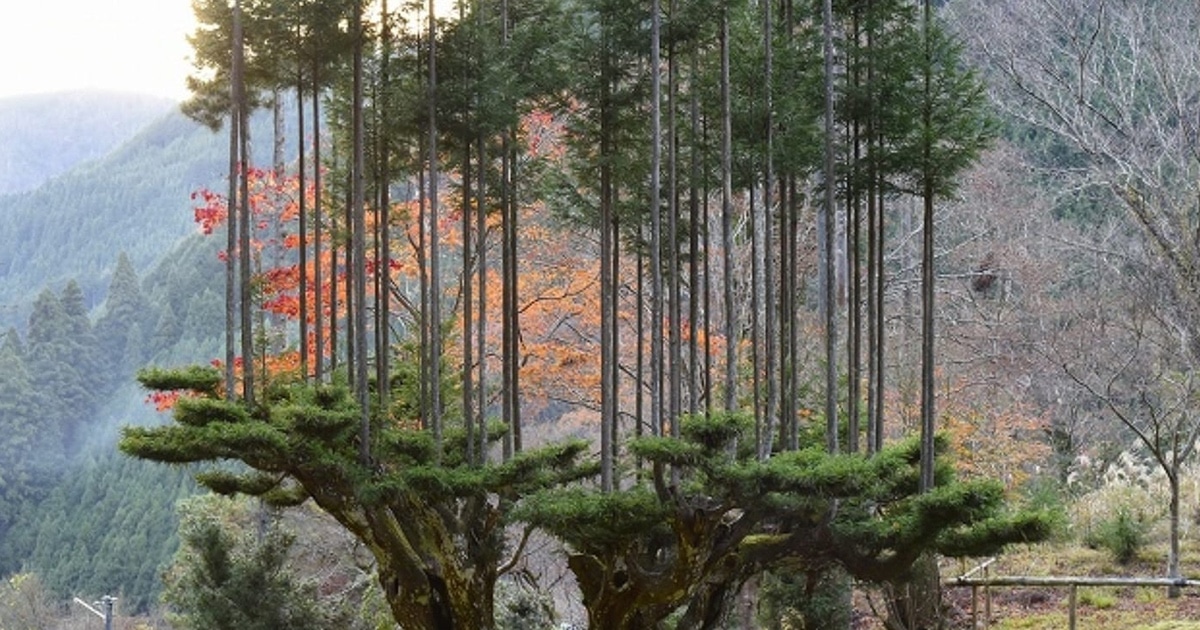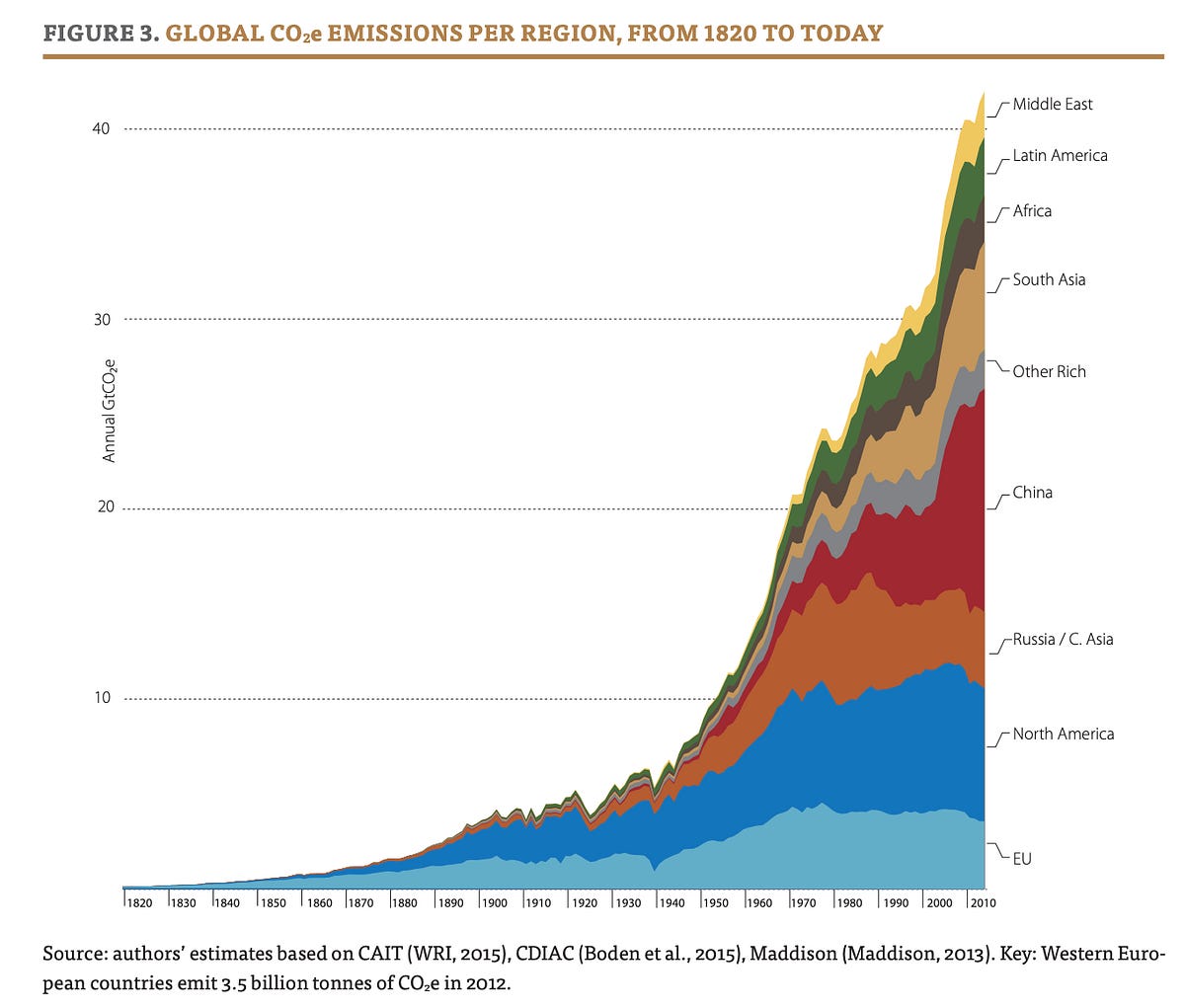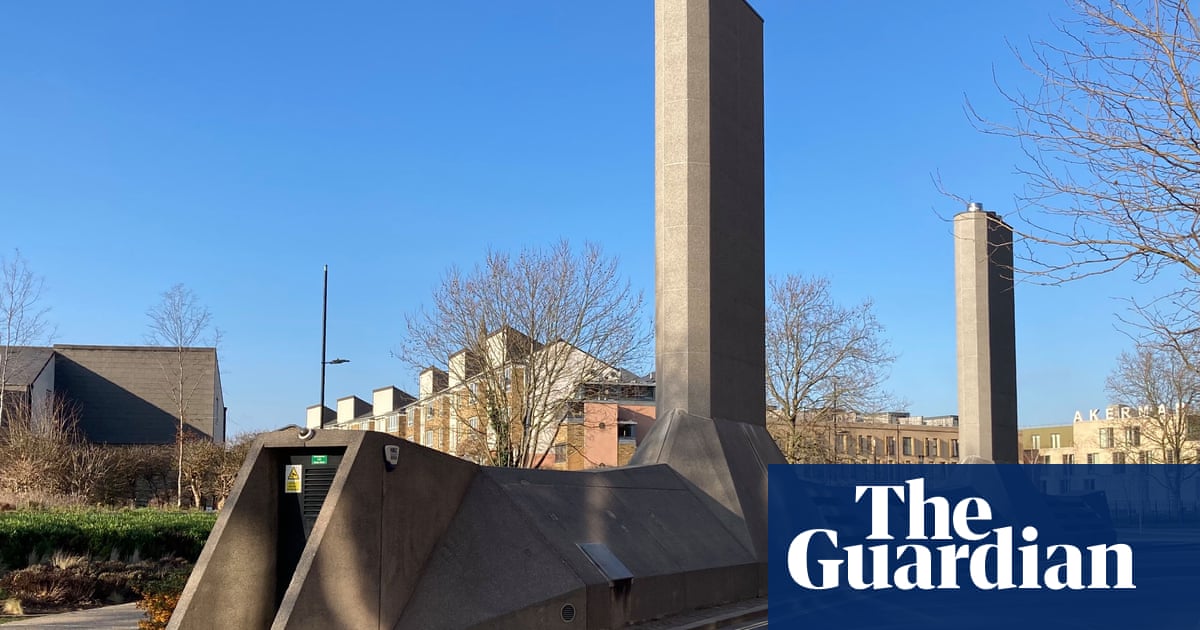Tenday Notes 21 Jun - 30 Jun 2021

Every ten days I share a quick digest of what I've been working on. Here's the latest. More in the series here. Want them in your inbox? Sign up.
The second episode of Loud Numbers, my data sonification podcast, has been released. You can listen to it on Spotify, or in your favourite podcast client by searching for "Loud Numbers".
This episode, titled "Tasting Notes", is a bit weird compared to the others in series one. It's ten small sonifications that we've tried to combine into one single piece of music, with the help of musical influence from Lemon Jelly and Brian Eno, I think we got there. For more details, head over to the show notes, which also include a transcript of the full episode. As ever, you can also listen to the music alone, without the podcast intro.
If you're enjoying Loud Numbers, by the way, the best favour you could do for me is to share a link to the podcast with your friends, family or colleagues. Our number one goal is simply for people to listen to it, and it has the greatest chance of spreading if you tell people about it. This episode in particular is a great one for beer fans, and everyone knows a few of those. The link to send them to is http://www.loudnumbers.net. Thankyou <3

Daisugi is a Japanese forestry technique that aims for perfectly straight, knotless trees.
It works like this. Instead of pruning lots of individual trees, a single "mother" tree grows lots of tall, thin saplings. Those saplings can then be either planted or harvested. It's a bit like bonsai, but on a big tree rather than a small one.
When the tree is eventually harvested, every 20 years, its straight saplings are pretty much flawless, and highly prized for use in architecture.
Plus the resulting trees look kinda crazy.

H/T to The Prepared for this one.
If you're interested in how people campaign (in the sense of "try to change things or spread awareness") over the web, and particularly over social media, then you're going to enjoy this multi-part series of blog posts from Mike Caulfield on what he calls "tropes and networked digital activism".
It's kind of a long read, but worth it. My favourite bit is the way he establishes a hierarchy where individual news events fit into narratives which fit into grand political themes. Understanding that hierarchy is essential for understanding how digital activism works on the web today.
But Caulfield also goes a few steps further. He shows, with examples, how conspiracy theorists use this hierarchy to spread nonsense, and also how debunkers can rely on it in the same way to quickly disprove that nonsense.
The most interesting thing, to me, is the way that these techniques can also be used for good. Identifying positive or negative events that will recur over and over again allows campaigners to have a gameplan to enact when they inevitably do - tying whatever the latest event is into a broader narrative, and in doing so changing how people think about the grand themes that overpin it all.
The Tyranny of Spreadsheets, by economist Tim Harford.
Next time there’s a pandemic, let’s make sure we have our spreadsheets in order. After all, as Luca Pacioli, the father of accounting, warned us more than five hundred years ago, without a good spreadsheet, you will grope your way forward, “and you may meet great losses”.
I loved CREDS' new Place-Based Carbon Calculator map, which showcases heaps of different climate-related statistics for England at parish levels. You can see different neighbourhoods' climate impact in loads of different areas, from heating to air travel to entertainment, as well as comparing them to other neighbourhoods or the national average.

A really impressive bit of work, and all the data is open too. Check it out at http://carbon.place.
Recently, it feels like my synth hobby is "building synth modules" rather than "playing synth modules". I've been doing a lot of soldering, and finding it to be an experience that requires enough focus and concentration to make it supremely relaxing. I get the same feeling while coding - a zen-like problem-solving state that a real delight to inhabit.
Up until now I've been ordering kits - you get sent the circuit board, faceplate, and all the components you need to join them together. But recently I completed a build of the Kassutronics Quantizer, where only the board and faceplate were supplied. I had to source all the components myself.
This was pretty intimidating, a bit like in the Great British Bake Off's "technical challenge" where the instructions just say "make a cake". Who knew there were so many zillions of different varieties of the same size capacitor? But I think I got there, with only a couple of mistakes that required putting in new orders (forgetting to order sockets for my chips, and ordering SMD-sized TL074 chips rather than through-hole sized). The build is now almost complete - minus those replacement TL074 chips, which are in the post as I write this. Hopefully it'll work!
(Last-minute update: the chips arrived today. It does not work! Back to the drawing board...)
Cirque du Soleil has discovered quadcopters. Here's a fun short film (five mins) featuring a lampshade repairman.
Can't help but think we'll be seeing this sort of thing everywhere in about 12 months' time.
Want something interesting and weird to listen to? Shirley & Spinoza Radio has been broadcasting from China for more than a decade, and serves up a strange blend of music, field recordings, phone messages, and strange noises that are probably not terrestrial in origin. Subscribe on YouTube here.

Oh, and speaking of China, here's an arresting statistic from Adam Tooze:
Of the increase in global emissions between 1990 and 2015 half is accounted for by China. Two thirds of that is due to the Chinese middle class. One third down to the Chinese top 10 percent. Other hot spots include the top 10 percent of the population in the Middle East and North Africa and the same group in North America.
This doesn't mean Chinese people are exclusively to blame for climate change. The figures are changing dramatically with the rapid rise of solar power in Asia. And just because the bulk of recent emissions growth is from China, it doesn't mean that older emissions growth from the West doesn't need reversing too.
In fact, if you click through to the full article, the broad point that Tooze is making is that a minority of elites are behind the vast bulk of world emissions, and the working classes - across Europe, the US, and the rest of the world - are largely paying the price:
The conclusion is unavoidable: If there is to be a stabilization of global emissions it will involve a U-turn in the trajectory of consumption, particularly amongst the top ten percent of households in North America, the Arab world and Asia.

Finally, a curated collection of hidden portals to London's underworld? Yes please.

See you next time.





